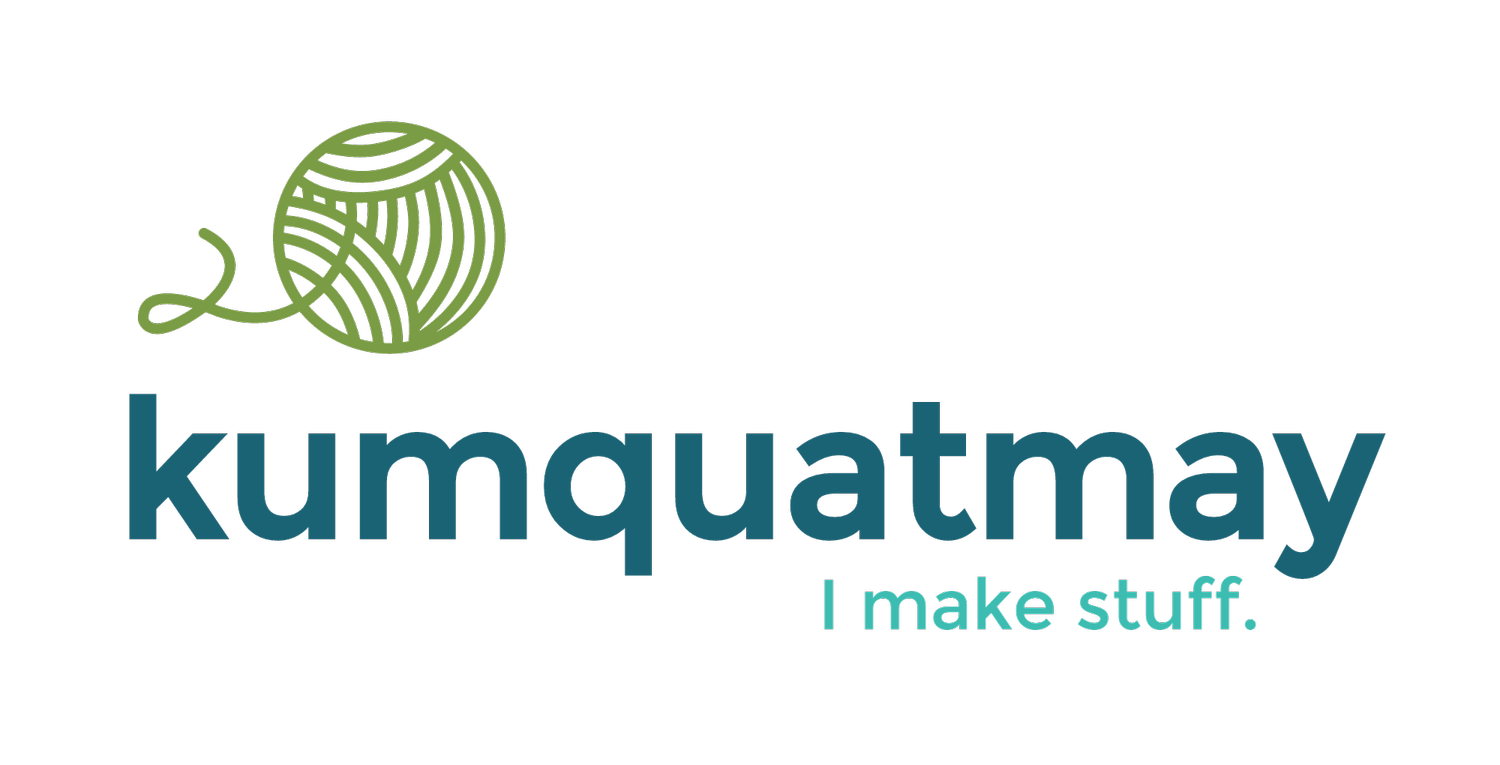capping the sleeves
/Titles are hard, man. I've never been good at them.
Anyhoo. Let's delve a bit deeper into Sans Serif, and look at the magic of top down sleeve caps. It's a fucking wonder of knitting and I love them so.
I first encountered the basics of a top-down, set-in sleeve in knitwear in Barbara Walker's badass Knitting from the Top (affiliate link). The idea is that instead of knitting the sleeve separately and sewing it into the armscye (or armhole), which is fiddly work and requires easing one curve of a slightly different shape and different length into another curve. It's not the easiest thing to do if you don't have sewing experience, which I do, and even then, it's still not the easiest thing to do.
But knitting a sleeve into the armhole from the top down allows for a firm but flexible seam that won't pop with the movement of the arm, and uses knitting's unique properties beautifully.
Essentially, you pick up stitches around the armsyce and then use short rows--where you work back and forth on a small amount of the stitches--to create the curve of the sleeve cap that goes over the shoulder and covers the top of the arm.
Elizabeth Doherty took this and refined it--specifically the proportions of picking up stitches and the short rows--in her book Top Down: Reimagining Set in Sleeve Design.
I'm very impressed not only with her written instructions on how to create a top down set in sleeve, but also on how to ADJUST and ALTER a top down set in sleeve. It's very clear, and wonderfully written.
picking up stitches along the armscye (armhole)
After marking the center of the underarm stitches and the shoulder seam with removable split ring markers (or yarn, when I lost one of the little buggers), I picked up stitches along the armhole, in the ratio directed by the pattern, and put in additional markers to note where the ratios changed (which handily notes where the short rows begin).
short rows beginning to form the wedge at the top of the sleeve cap
See that white marker? This is the first sleeve, and where I was smart enough to realize that leaving the markers in (instead of removing them as noted in the pattern) would be super handy to note where the short rows begin. I got cocky and took them out on the second sleeve, messed the bugger up and had to rip it out and redo it.
I love short rows--they make a little wedge of fabric that over this curved armscye turns the corner of your shoulder.
Beginning the short rows--about 3 or 4 short rows worked. Note the wrapped stitch, 6 stitches in from the tip of the right hand needle
inside the sleeve cap in progress, working back across the inside short rows. That length of blue yarn is the marker I used to note where the short rows began on the picked up stitches
working back along the inside, with a nice shot of the yarn marker where I lost the split ring somewhere in the couch.
nearly completed short rows. leaving the wraps intact (instead of picking them up as you work across the final rows) leaves a tidy vertical line.
The thing with short rows is that if you just go back and forth in your knitting, you wind up with holes. So you need a method to close up those holes--wrapping the next stitch with the working yarn is the most common way to do it, but it's not always the most elegant. My recent discovery is German short rows, which are NOT wrapped, but a different technique. If I'm doing short rows to shape a shoulder or otherwise shape my knitting, I go with this.
BUT: Because this is a sleeve, wrapping is better. It actually serves a decorative function and makes for a cleaner line--so long as you don't work the wraps when you come to them. See the pic above? Nice and tidy.
(also, I wonder what I was watching on tv?)
coming to the end of the first complete round, right at the junction of the underarm and the sleeve cap
And this is where I came to the end of the short row section, at the transition from the picked up stitches from the body, to the picked up stitches at the underarms. At this point, I worked around a few more rounds, then set the stitches aside on a holder to work on the body.




